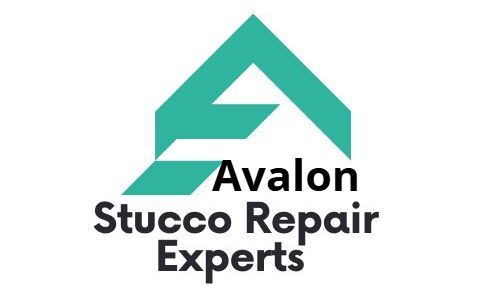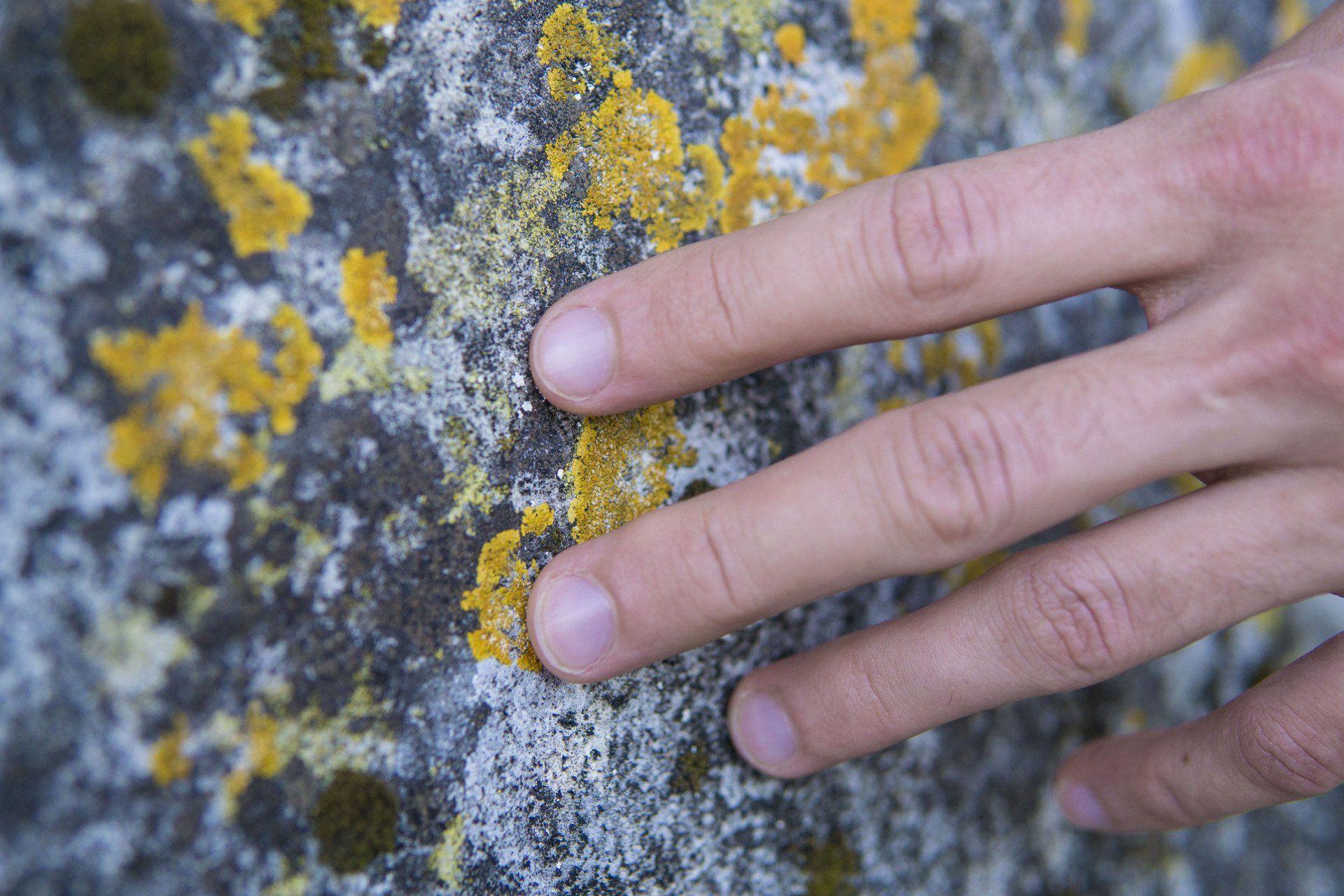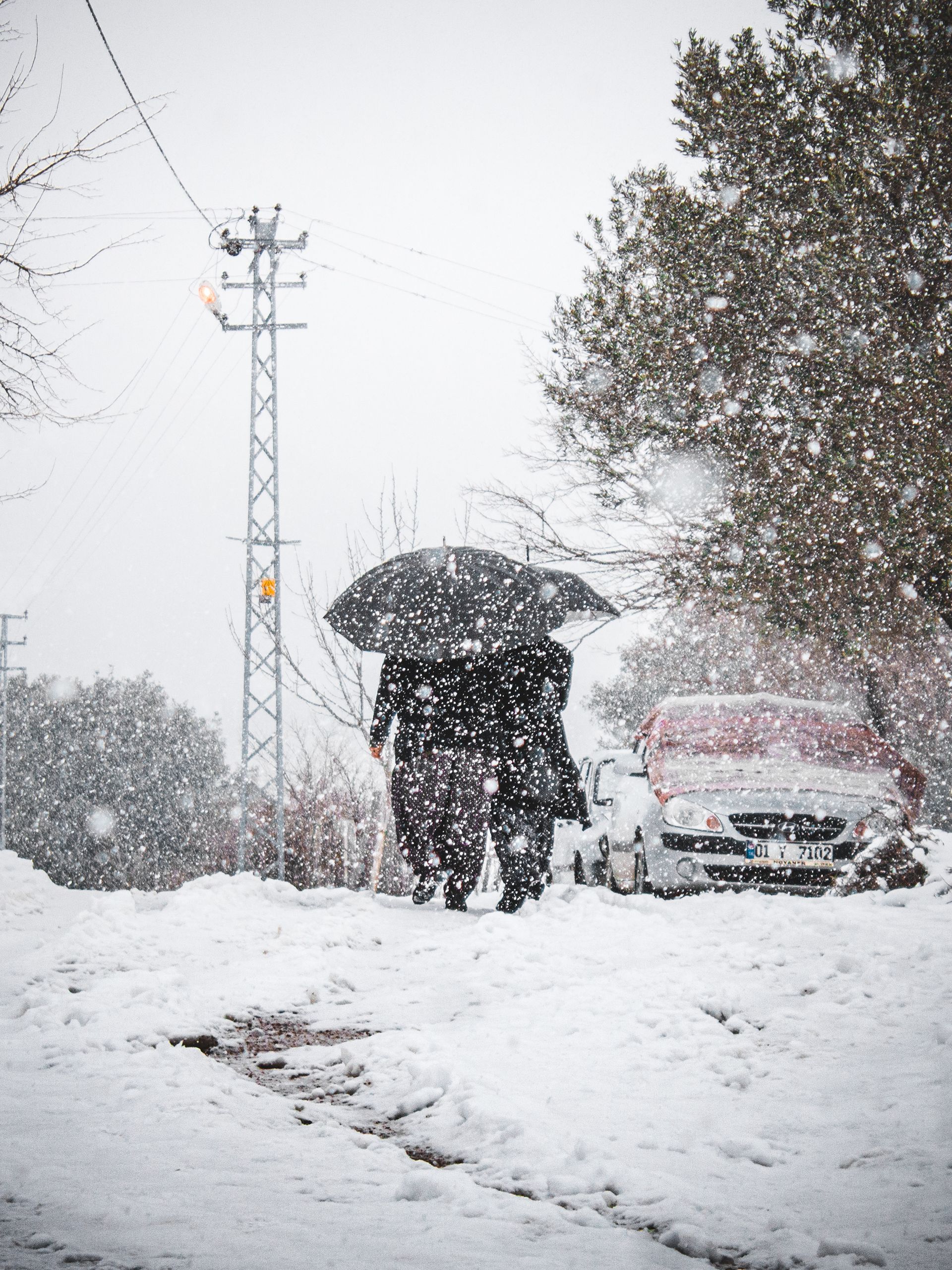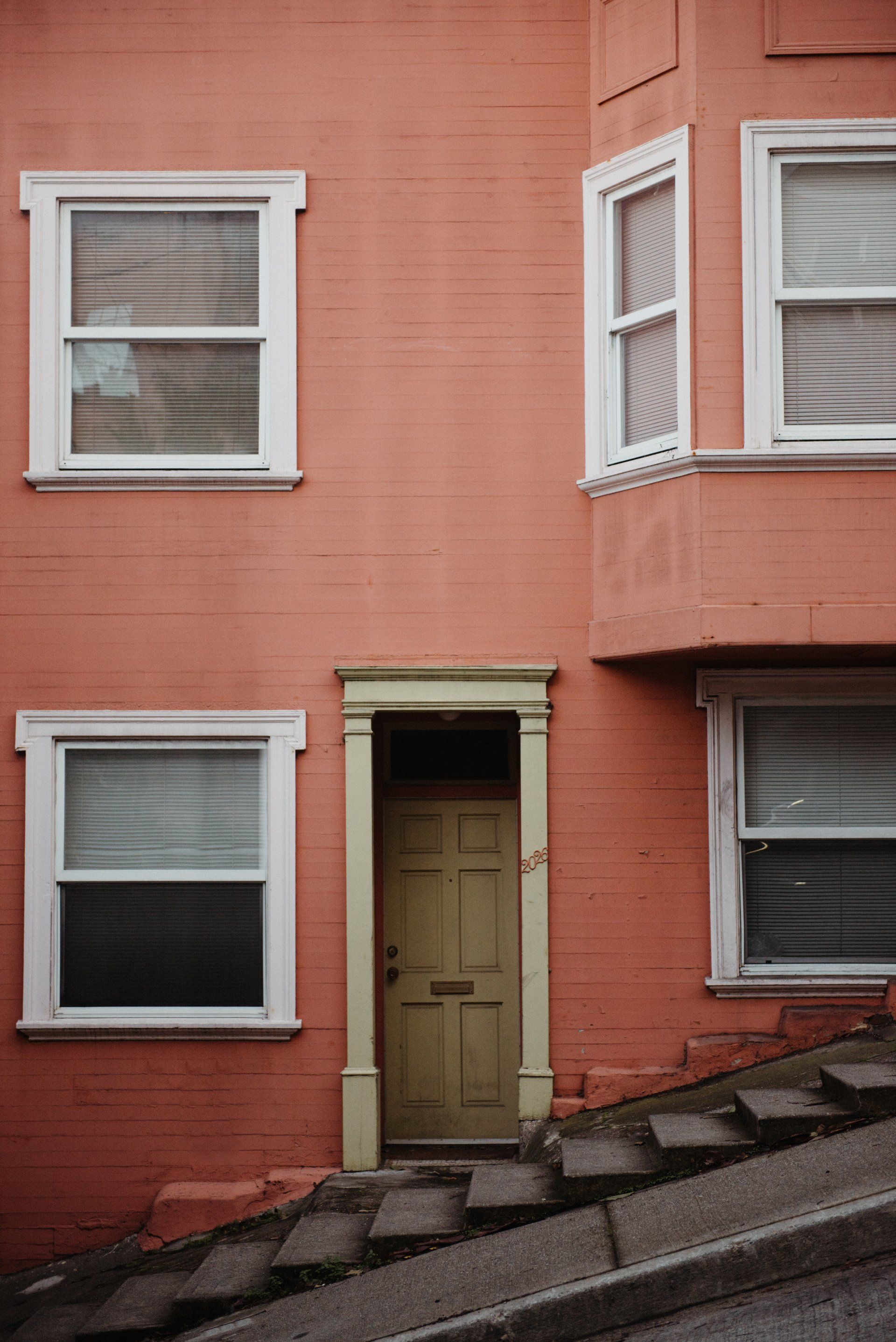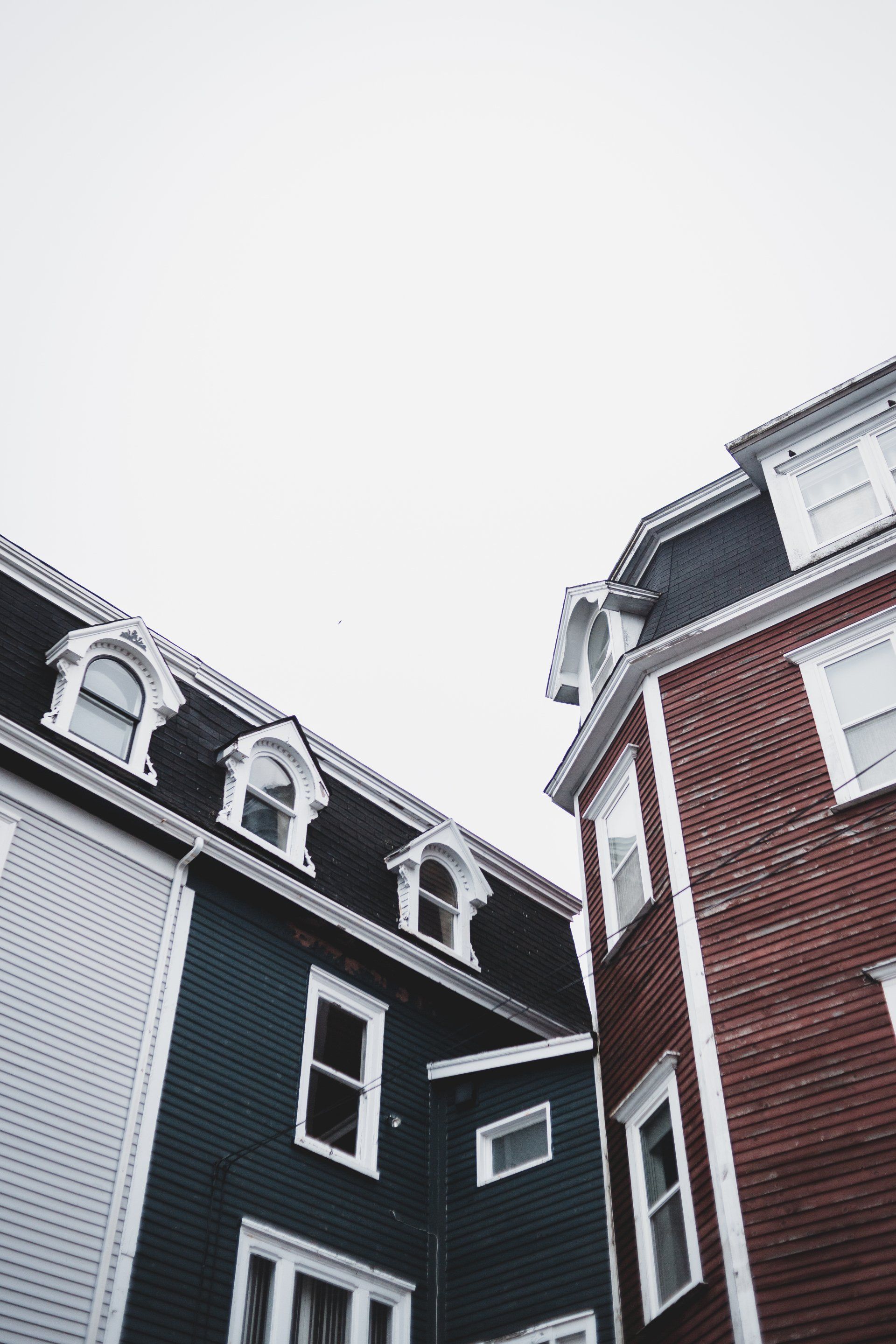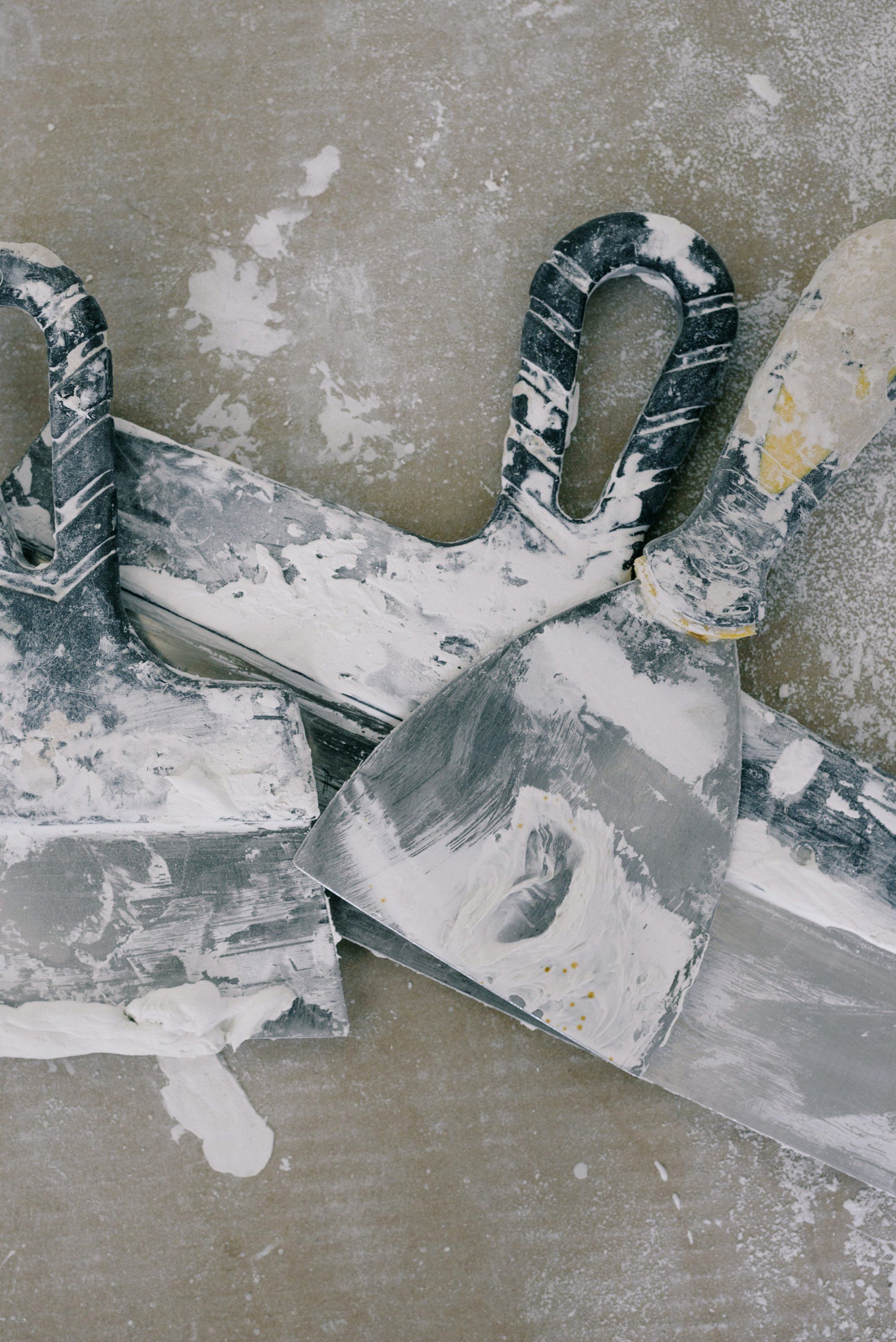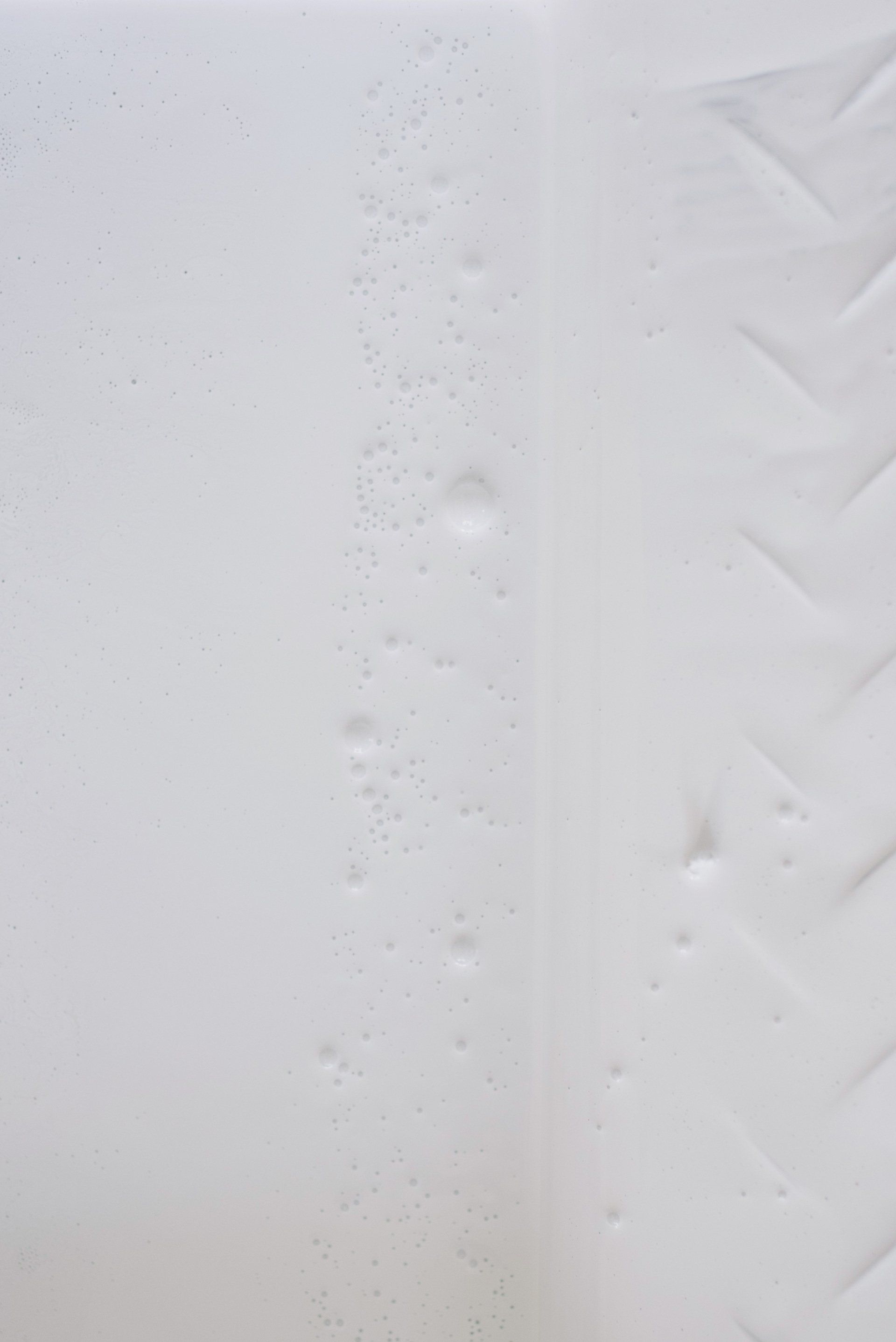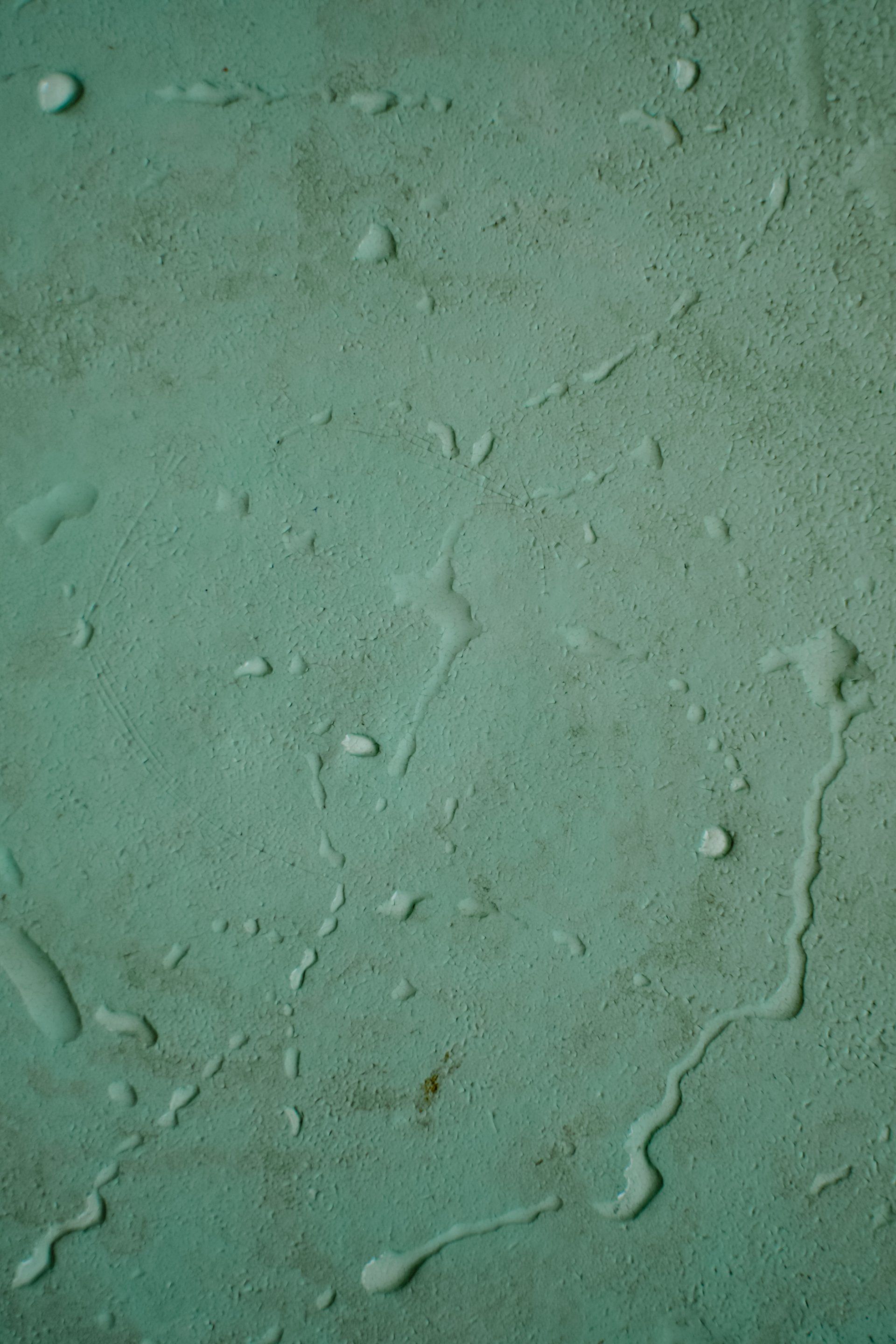Unwanted Textured Walls and How to Get Rid of Them
Unwanted Textured Walls and How to Get Rid of Them
Textured and even excavated interior walls--the kind with gorgeously exposed plaster or peeled-back wallpaper--are in fashion. The other types of walls with texture, such as the "orange peel," popcorn, or faux-stucco walls, could be a problem for your home or rental.
What are the textured walls?
Walls with textures (think about these: "orange peel," popcorn swirls, or orange peel) serve a purpose as the texture conceals the traces of drywall installation, that is, the seams that are taped between the drywall sheets meet and other flaws. It's cost-saving. Maybe people loved it back in the 1970s, but the main reason that it's being done today is to reduce costs. It's inexpensive and quick.
It's the reason you'll find rough walls in rental and commercial structures. It's also a much more durable wall than smooth walls and is less susceptible to small scratches and tears. Some people feel that the texture is a nice touch: texture reflects light and casts shadows, making walls that aren't as "boring."
Methods to rid yourself of textured walls that are not needed:
Many of us believe that the most desirable wall is the smoothest one that you can find. Here are some strategies to transform a rough surface into a smooth one. These techniques also work on walls that are damaged in different ways (should you get tired of the old-fashioned plaster look in the near future).
1. Apply a coat of skim.
After the installation of drywall, it is taped, and the fasteners seams are skim-coated and covered with a thin layer of joint compound, also known as "mud," to level the surface prior to papering or painting. The same method can get rid of walls that are textured. A thin layer of mud is sprayed over the entire surface of the wall and let dry; after that, it is sanded until smooth. Particularly bumpy walls might require multiple coats.
The process of skimming over a room is messy and takes a lot of time. It is best left to an expert who has the knowledge (and methods) to prevent the dust of sanding from contaminating every crevice in your house.
After the surface has been made smooth, it is then coated with a primer and later wallpapered or painted according to your desire.
2. Replace the textured wall using new, untextured drywall.
This could be less expensive than skim coating the whole room. It's probably your best choice if the texture is particularly heavy--such as the stucco look you might see in a Spanish-style home. However, be aware that installing new drywall can also mean skim-coating to seal the seams to create an even surface, along with dust and dirt that comes with it.
3. The walls should be covered with another material, like wood.
Wood paneling is becoming more popular in recent times. Flooring companies are creating walls now using beautiful wood. If you're interested in industrial design, this can be extremely attractive.
To solve the issue, it is possible to take the baseboards off and then run the paneling down toward the flooring. We recommend installing a Fry Reglet metal component that is used to hold the panel's bottom to the floor just above it to appear like it's floating (the metal part is virtually invisibly).
The alternative is to take out the baseboards, place some of the stock wood on the lower part of the wall, and then reinstall the baseboards flush to the paneling.
Ready to work with Avalon Stucco Repair Experts Vancouver?
Let's connect! We’re here to help.
Send us a message and we’ll be in touch.
Or give us a call today at 778-400-6514
Stucco Vancouver Quote
We will get back to you as soon as possible.
Please try again later.
More Tips, Tricks & Tools

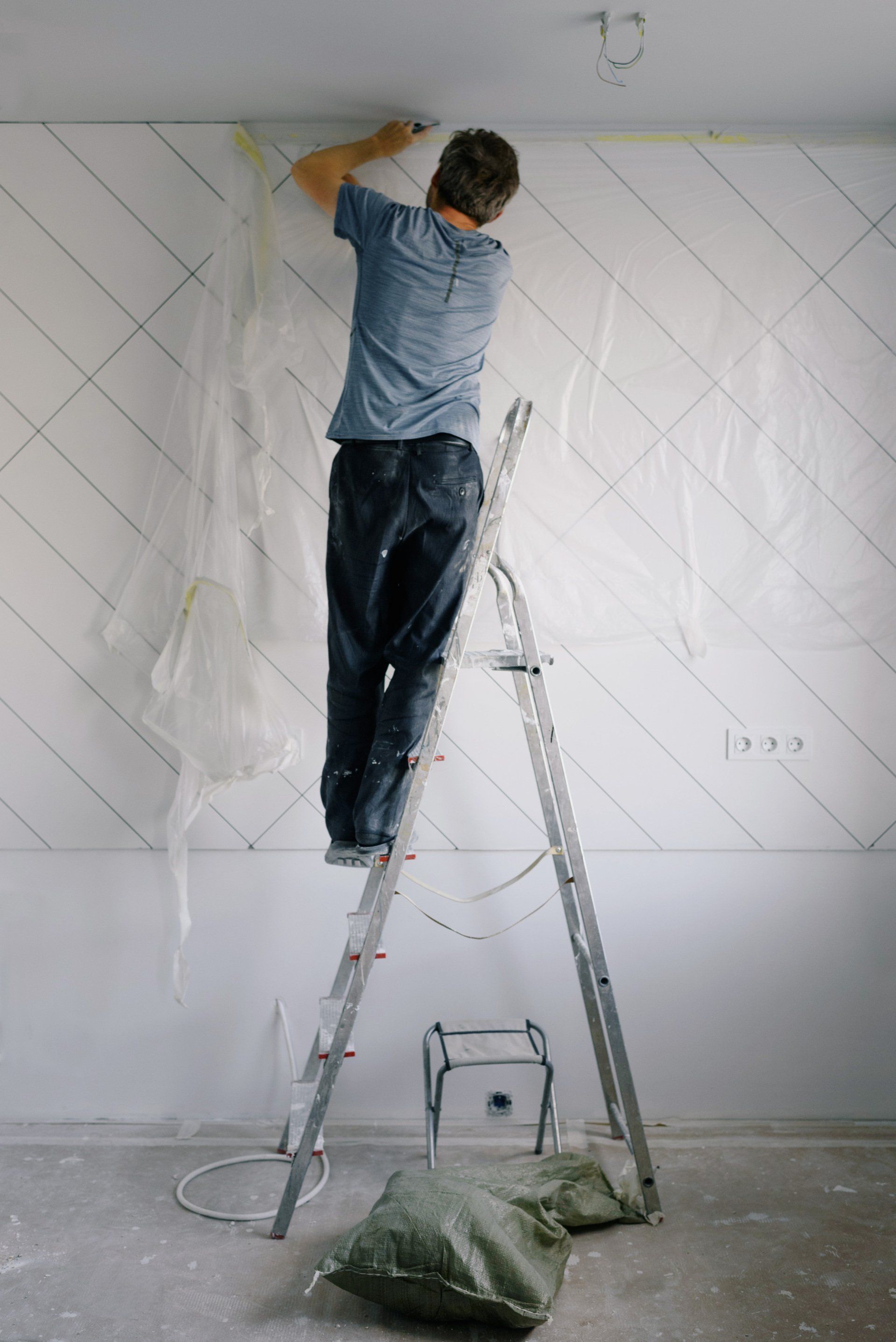
Avalon Stucco Repair Experts Vancouver
Avalon Stucco Repair Experts Vancouver
1310 Richards St, Vancouver, BC V6B 3G6
| Avalon Stucco Repair Experts Vancouver
